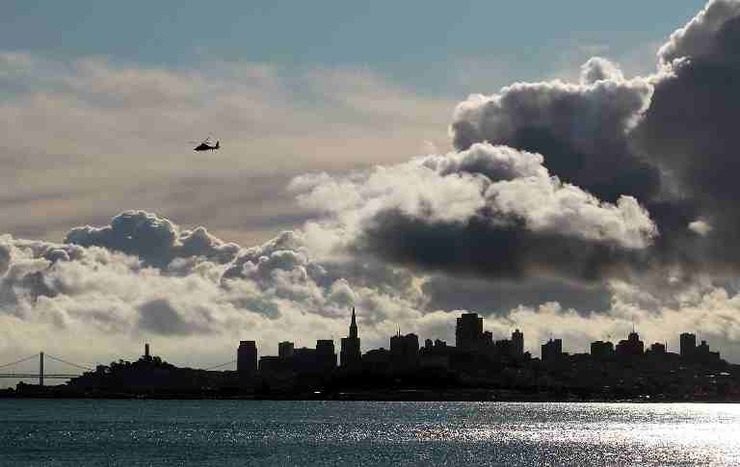SUMMARY
This is AI generated summarization, which may have errors. For context, always refer to the full article.

MIAMI, United States — The 2004 tsunami led to greater global cooperation and improved techniques for detecting waves that could reach faraway shores, even though scientists still cannot predict when an earthquake will strike.
A decade ago, scientists did not have a tsunami warning system in place in the Indian Ocean, because there had been no recent history of tsunamis there.
The world’s main monitoring body, the Pacific Tsunami Warning Center headquartered at Hawaii’s Ewa Beach, was focused on volatile areas prone to earthquakes along the Pacific Ring of Fire, including Japan and South America.
“We weren’t on the proper footing to be able to quickly respond to an event of the size that it was,” Mike Angove, tsunami program branch director at the National Oceanic and Atmospheric Administration, told Agence France-Presse.
After the disaster, US tsunami experts began monitoring the Indian Ocean while the international community established a new system that was eventually implemented last year.
Australia, Indonesia and India have now taken charge of a monitoring body known as the Indian Ocean Tsunami Warning System.
The United States nearly doubled its staff at the Pacific Tsunami Warning Center from eight to 15, and its tsunami warning centers in Hawaii and Alaska continue to be staffed 24 hours a day, seven days a week.
International efforts are also ramping up to establish a tsunami warning center in the Mediterranean.
‘Explosion’ of interest
“The scientific community of tsunami scientists has exploded since 2004,” Eddie Bernard, scientist emeritus at NOAA, told a meeting of the American Geophysical Union in San Francisco this week.
“There were probably 100 scientists in the world before 2004, now there are at least 1,000,” he said.
“There is a whole generation of scientists now that are dedicated to this problem.”
While scientists still cannot say when the big earthquakes that cause tsunamis will strike, leaving coastal populations just minutes to flee to high ground, what they can do now is better predict the waves that spread to faraway shores, Angove said.
“We have made incredible progress there, in terms of being able to identify those waves as they are moving out across the deep ocean, model them and turn those into meaningful forecasts for those distant shores, and that could be as short as an hour away.”
Scientists can measure these waves with the help of buoys known as Deep-Ocean Assessment and Reporting of Tsunami (DART).
Each unit has a pressure gauge on the seafloor that detects tsunami activity and send information by acoustic modem to the buoy.
Then, the buoy sends the data by satellite to the US tsunami warning centers in Hawaii and Alaska, where it is sent out over the Internet.
“In 2004 there were six buoys out,” Bernard said.
“In 2014 there are 60.”
Bernard said that a total of nine countries now participate in the DART system.
Global monitoring has improved, too.
In 2011, following the magnitude 9 earthquake off Japan, “there were three DART buoys that detected the tsunami first. Two American buoys and one Russian,” Bernard said.
“And the Russians shared their data with us and we used that for our forecast.”
Lives saved?
Angove said that scientists in 2011 were able to “very accurately model” the wave coming from Japan and provide targeted warning to people in certain areas of the US West Coast before it made landfall.
“I think you could make the argument that there was less loss of life and property because we had that capability,” said Angove.
Last year, NOAA — which spends about $25 million per year on tsunami operations — implemented a new tsunami flooding forecast system, so that the team can project how the water will act when it gets there and how much flooding is likely.
Many are hopeful that technology will continue to improve.
“If the same Indian Ocean tsunami were to occur today, we believe we might still lose many, but it would be on the order of tens of thousands of people as compared to 240,000,” said Vasily Titov, director of NOAA’s Center for Tsunami Research in Seattle.
“We’ve developed three generations of tsunami warning buoys and we’re working on the fourth generation.”
Placing buoys closer to key fault lines could shave precious minutes from the time it takes to deliver a warning, he said. — Rappler.com
Add a comment
How does this make you feel?
There are no comments yet. Add your comment to start the conversation.